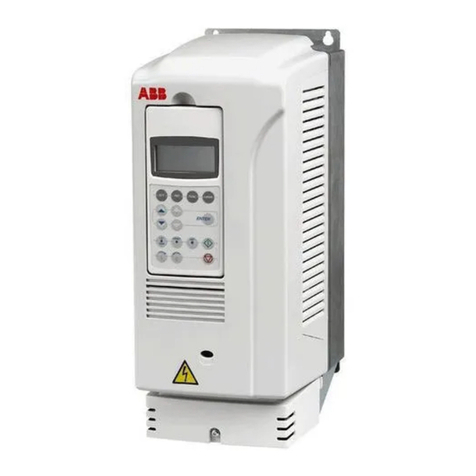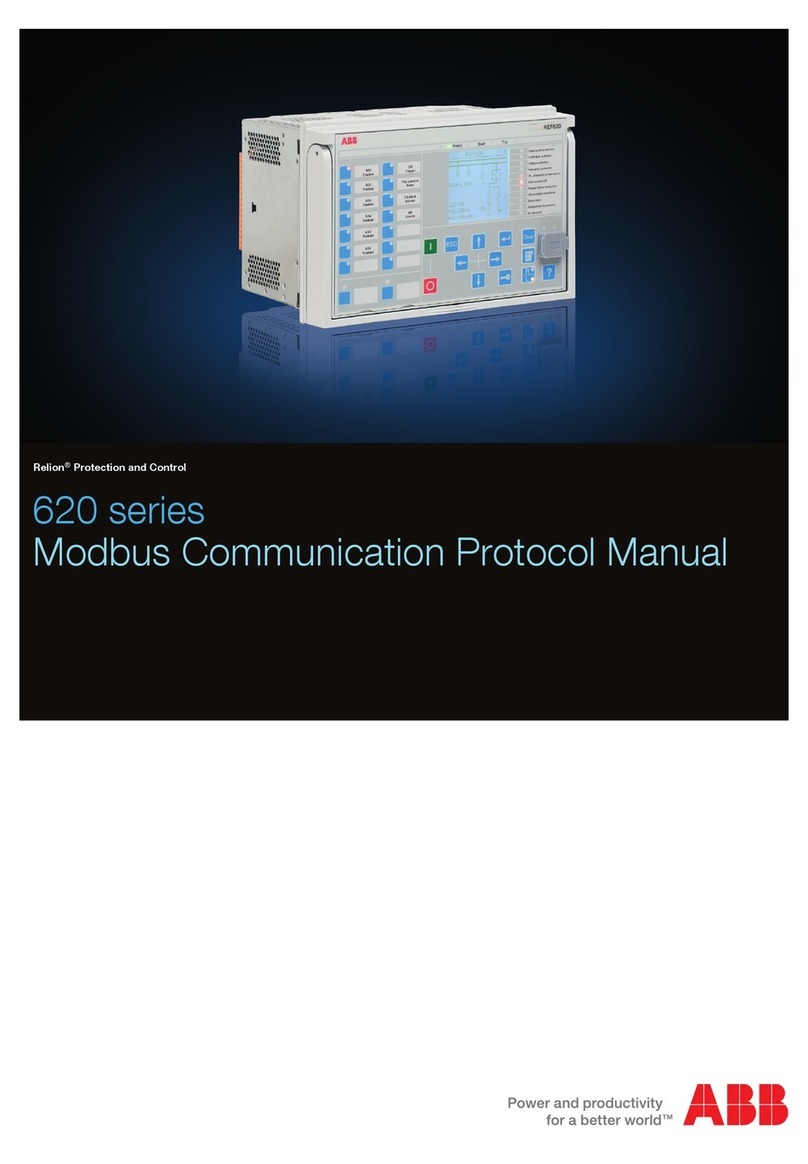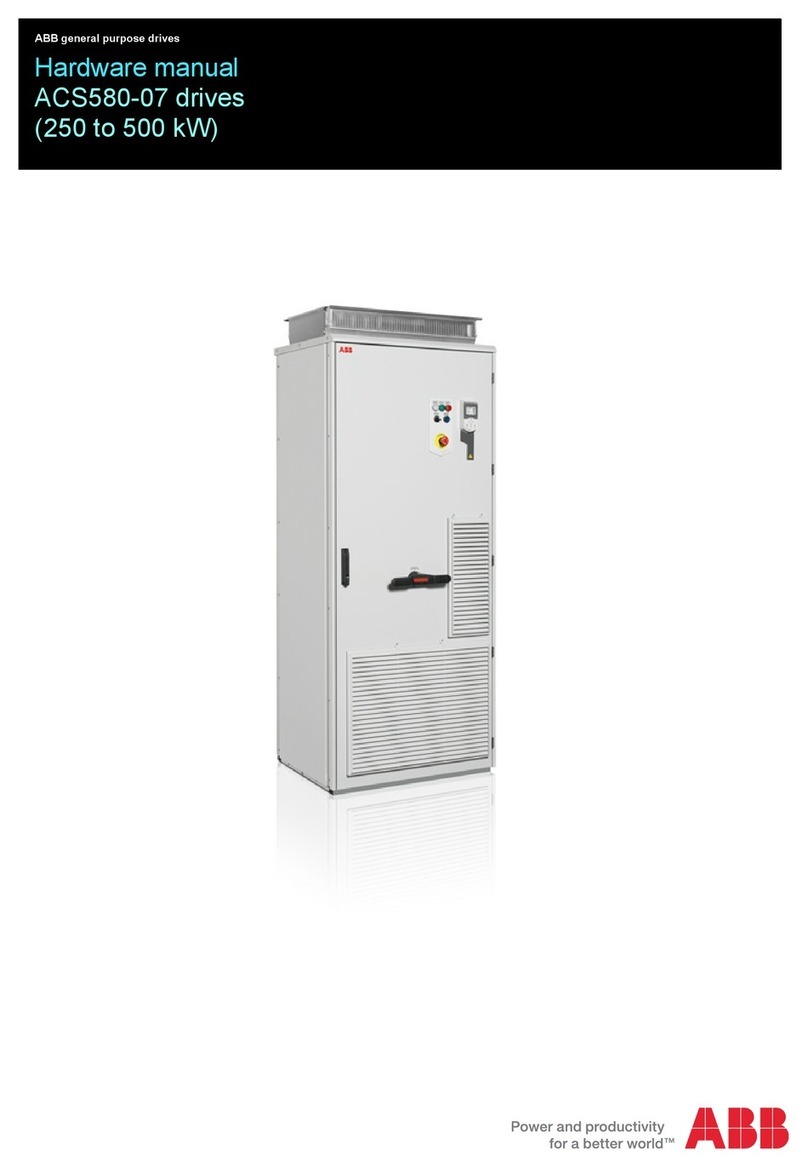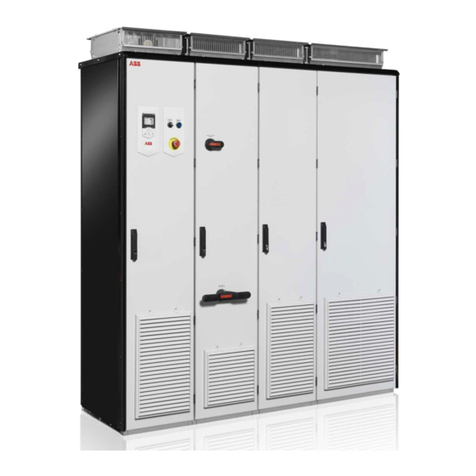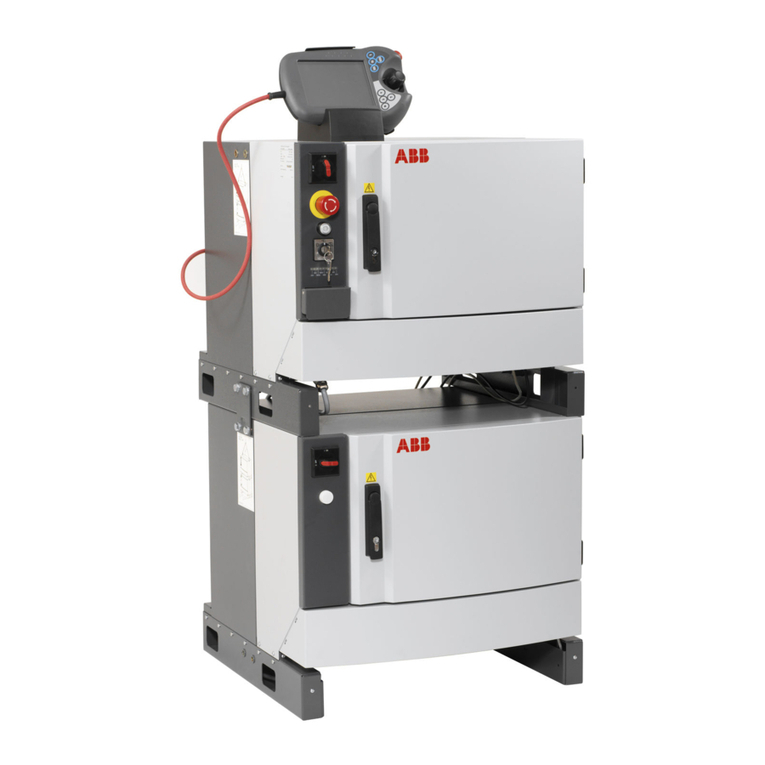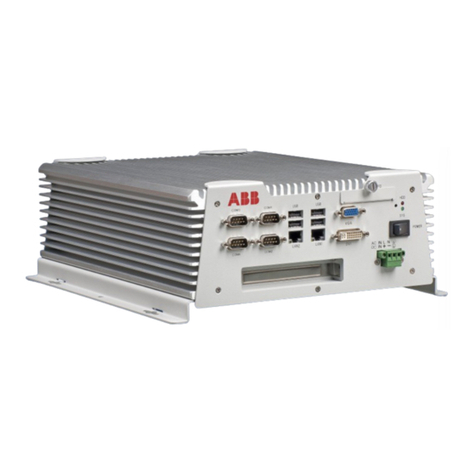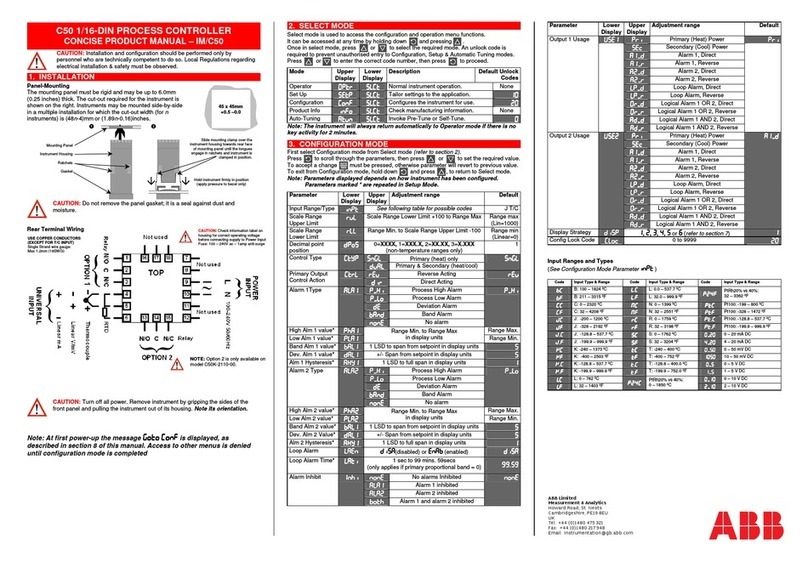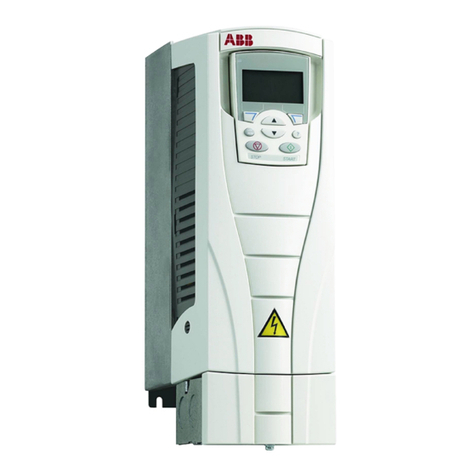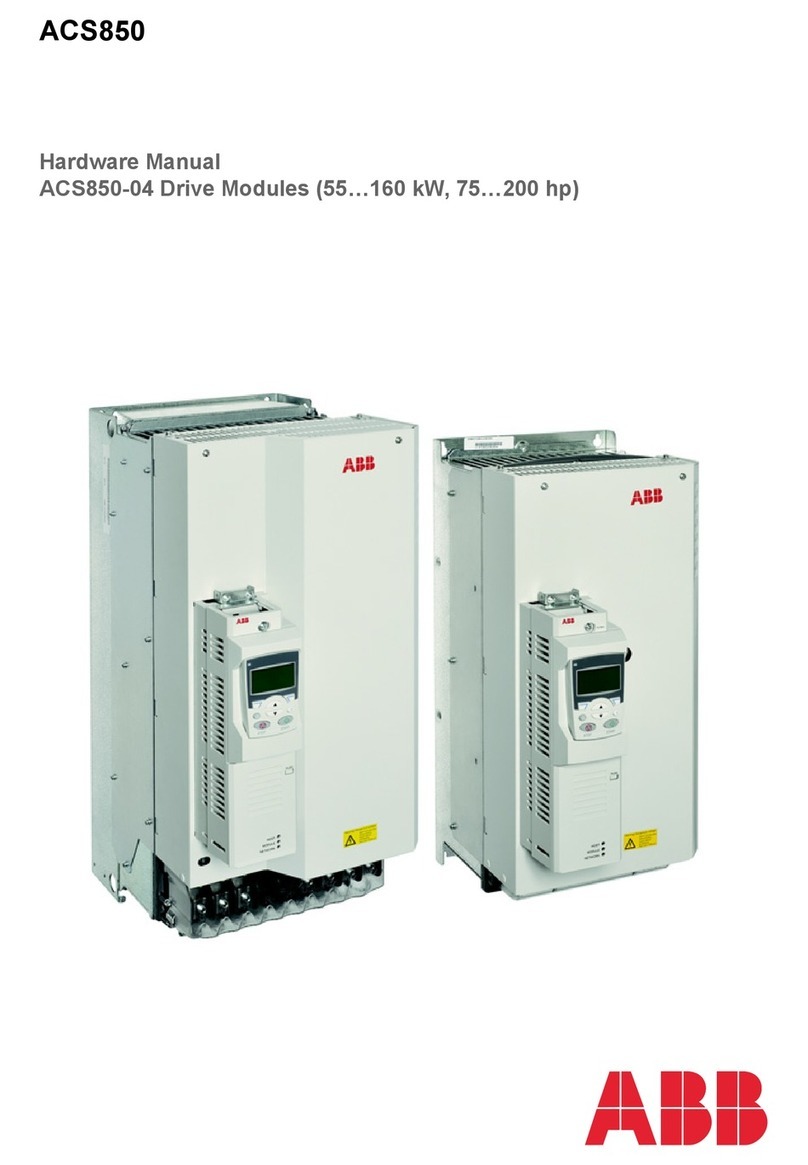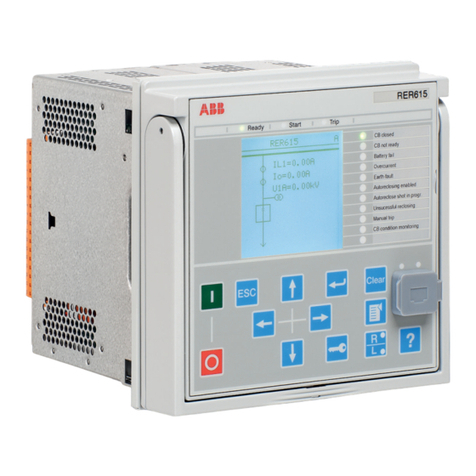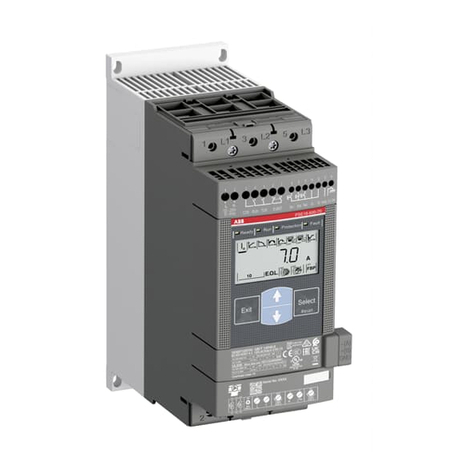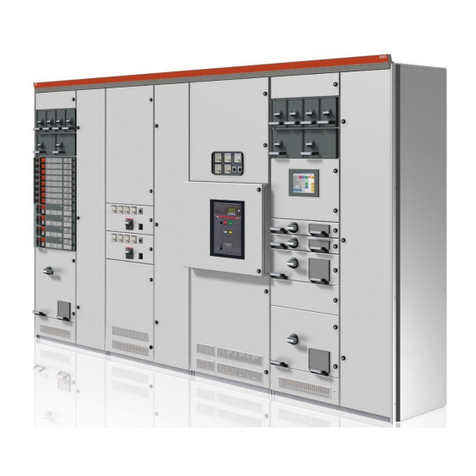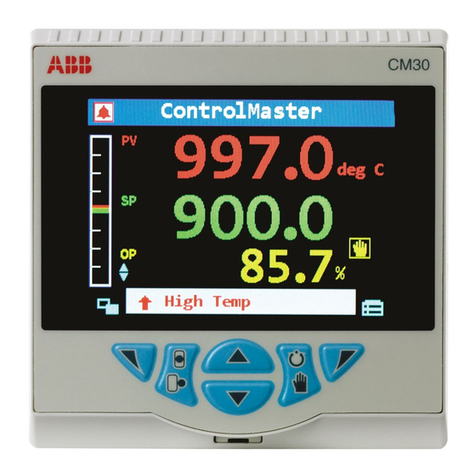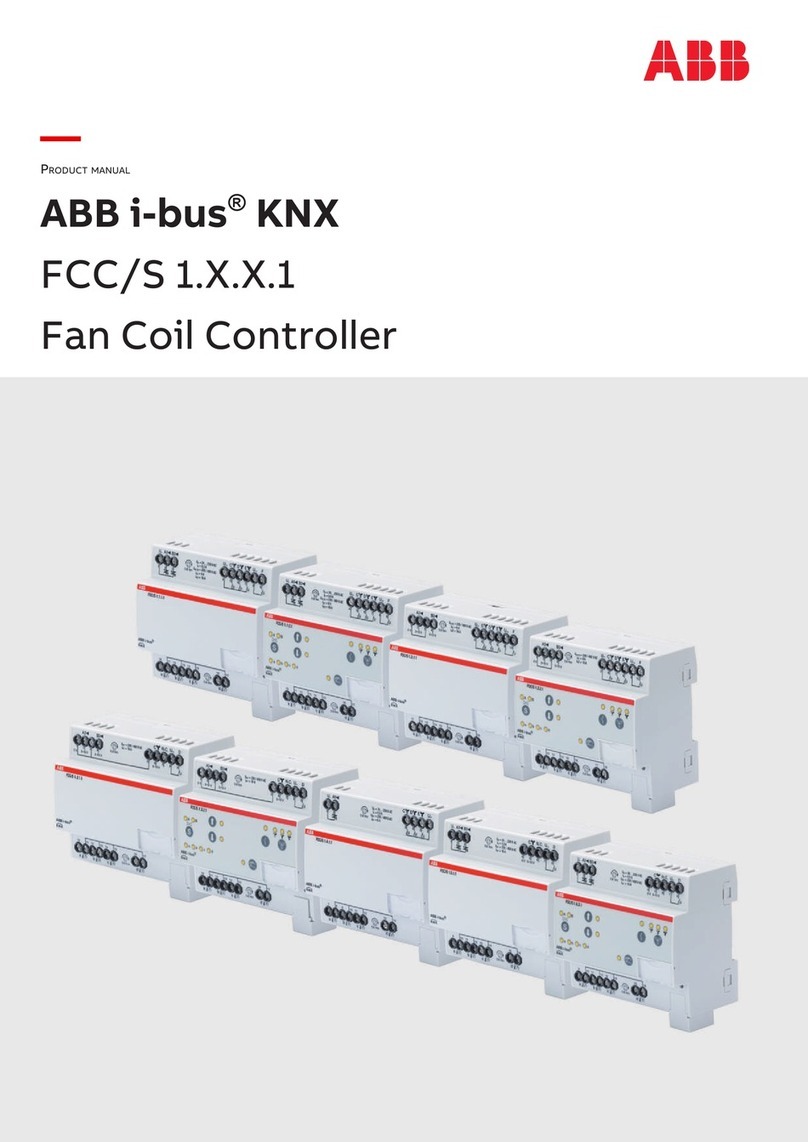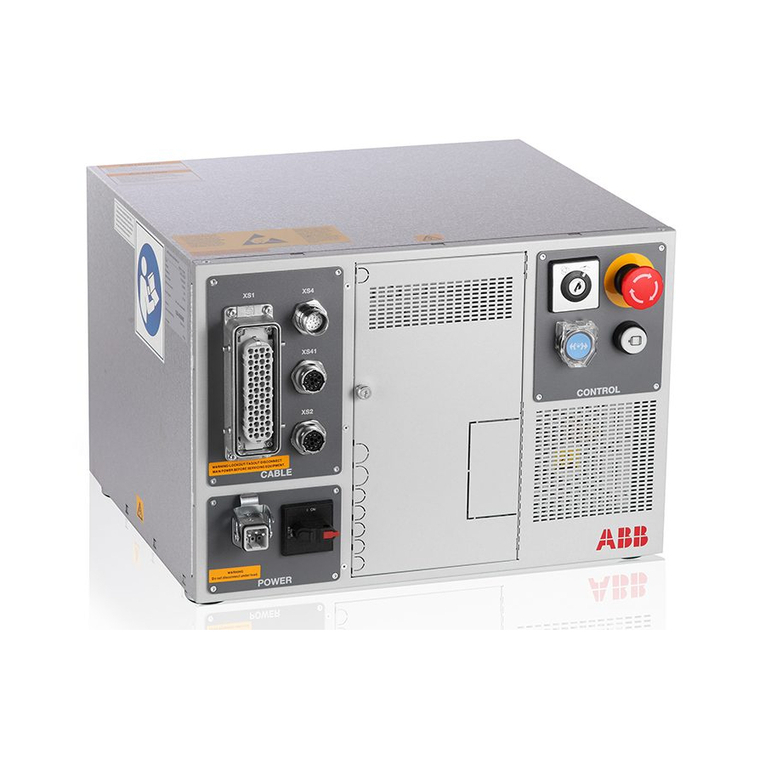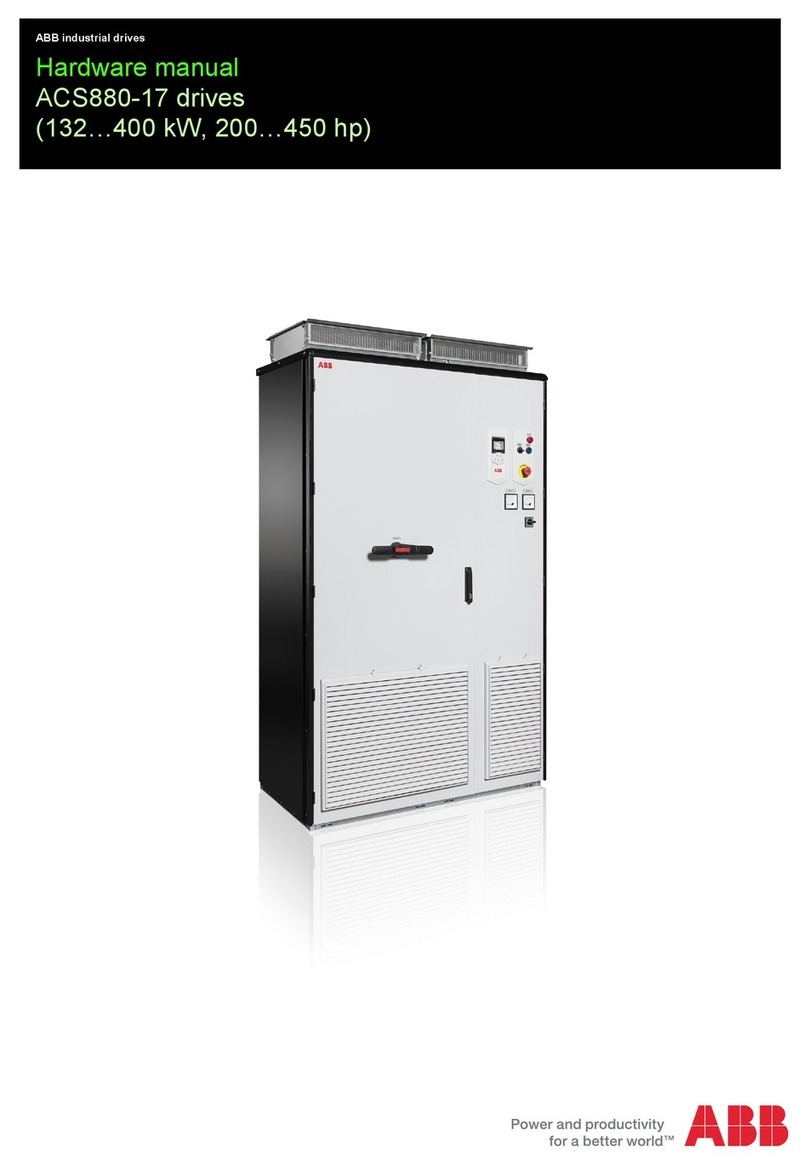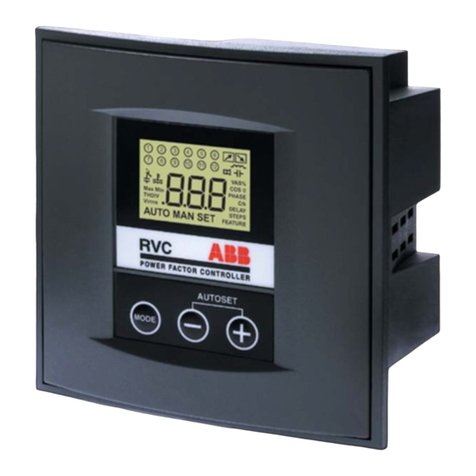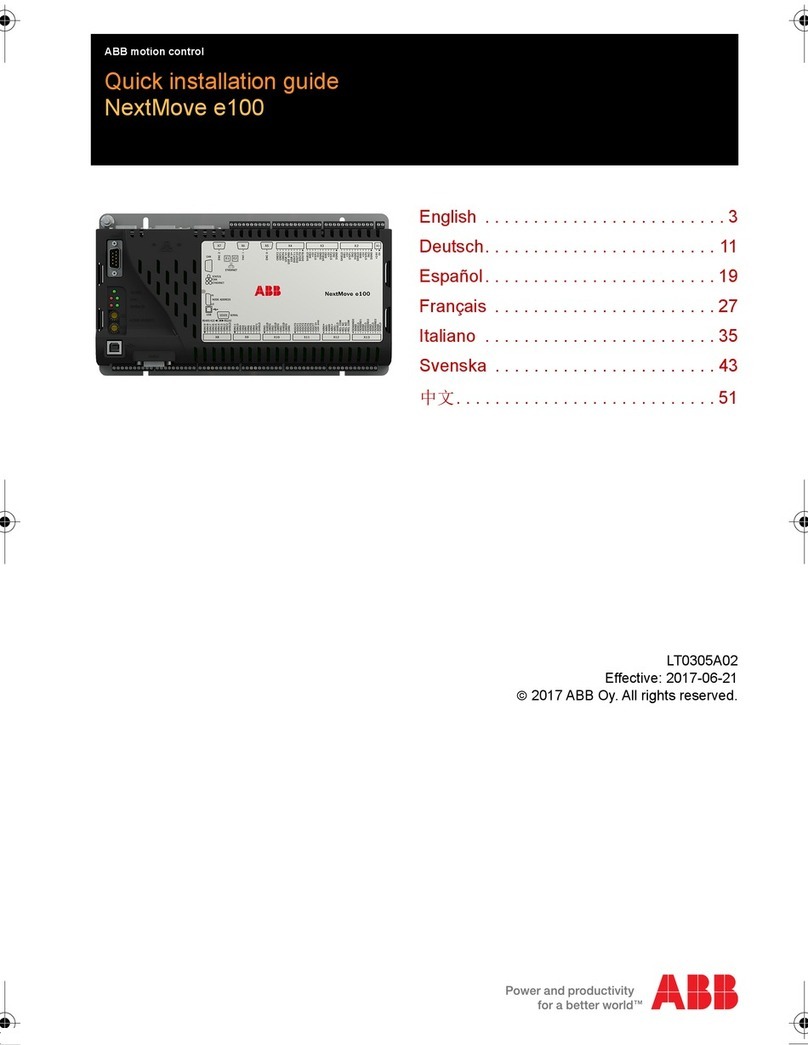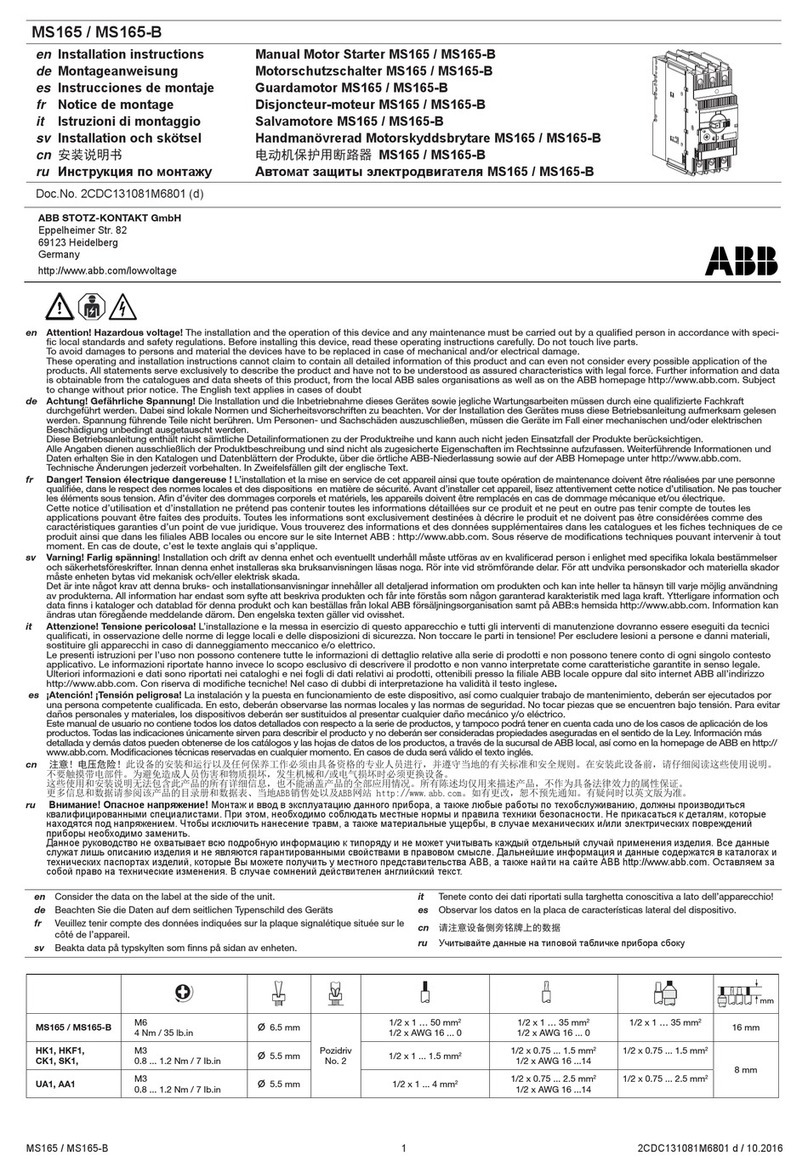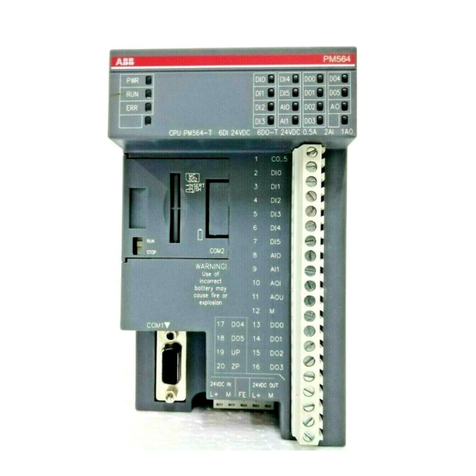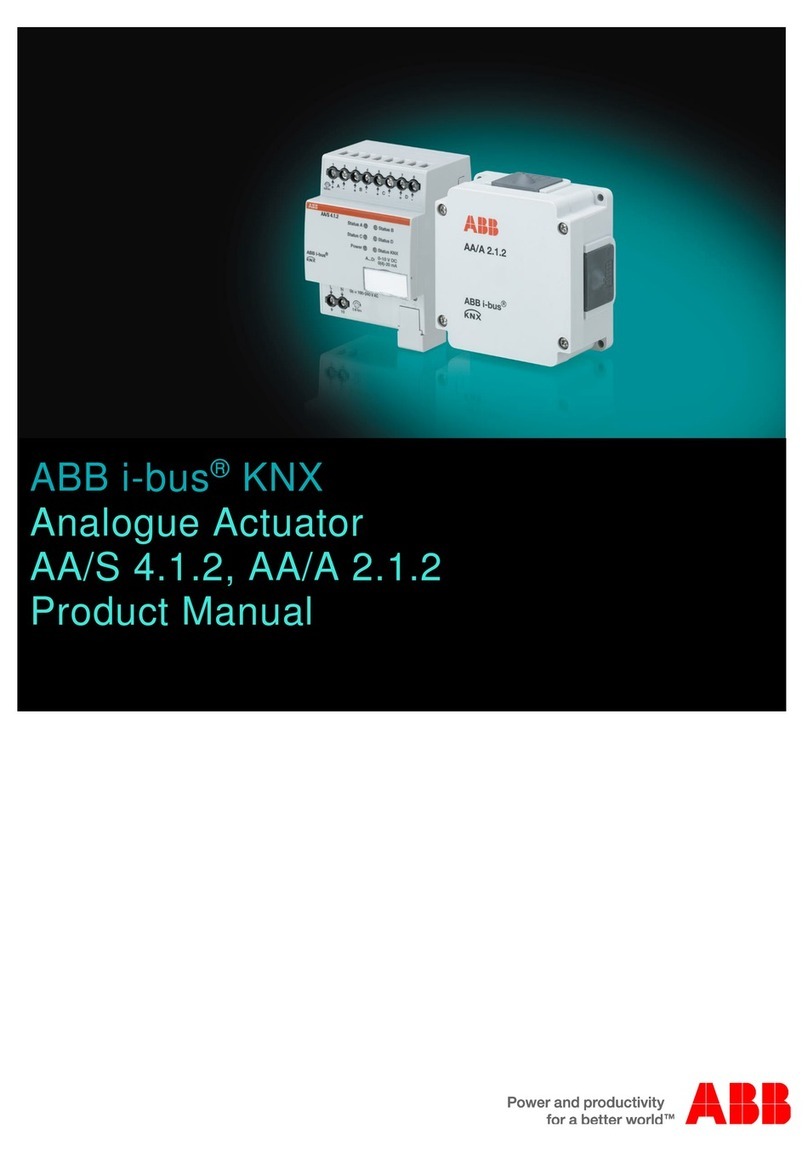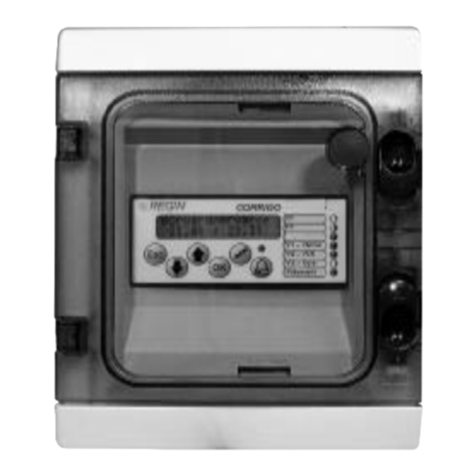
1
CONTENTS
1 INTRODUCTION ........................................................................................... 2
2 ELECTRICAL INSTALLATION .................................................................... 2
2.1 Host Computer Serial Communications............................................... 2
2.2 Two-wire and Four-wire Connection .................................................... 2
2.3 Pull-up and Pull-down Resistors .......................................................... 5
2.4 Termination Resistor ............................................................................ 5
2.5 Serial Connections ............................................................................... 5
3 CONFIGURATION ........................................................................................ 6
3.1 Accessing the Configuration Mode ...................................................... 6
3.2 Setting the Serial Transmission Parameters ....................................... 6
3.3 Setting the MODBUS Address ............................................................. 6
4 MODBUS PROTOCOL ................................................................................. 7
4.1 Introduction ........................................................................................... 7
4.2 MODBUS Function Codes.................................................................... 8
5 MODBUS FUNCTIONS................................................................................. 9
5.1 Read Coil Status – Function Code 01 ................................................. 9
5.2 Read Holding Register – Function Code 03 ...................................... 10
5.3 Force Single Coil – Function Code 05 ............................................... 11
5.4 Preset Single Register – Function Code 06 ...................................... 12
5.5 Loopback Test – Function Code 08 ................................................... 13
5.6 Write Multiple Registers – Function Code 16 .................................... 14
6 EXCEPTION RESPONSES ........................................................................ 15
6.1 Examples ............................................................................................ 15
7 ADDRESSABLE PARAMETERS............................................................... 16
7.1 COMMANDER 100/V100 – Coils ....................................................... 16
7.2 COMMANDER 100/V100 – Registers................................................ 16
7.2.1 Analog Inputs ........................................................................ 16
7.2.2 Control Settings .................................................................... 17
7.2.3 Set Points.............................................................................. 18
7.2.4 Alarm Settings....................................................................... 18
7.2.5 Ramp/Soak Settings ............................................................. 18
7.3 COMMANDER 150 / 160 – Coils ....................................................... 19
7.4 COMMANDER 150 / 160 – Registers ................................................ 19
7.4.1 Analog Inputs ........................................................................ 19
7.4.2 Alarm Settings....................................................................... 19
7.4.3 Totalizer Settings .................................................................. 20
7.4.4 Maths Functions.................................................................... 20
